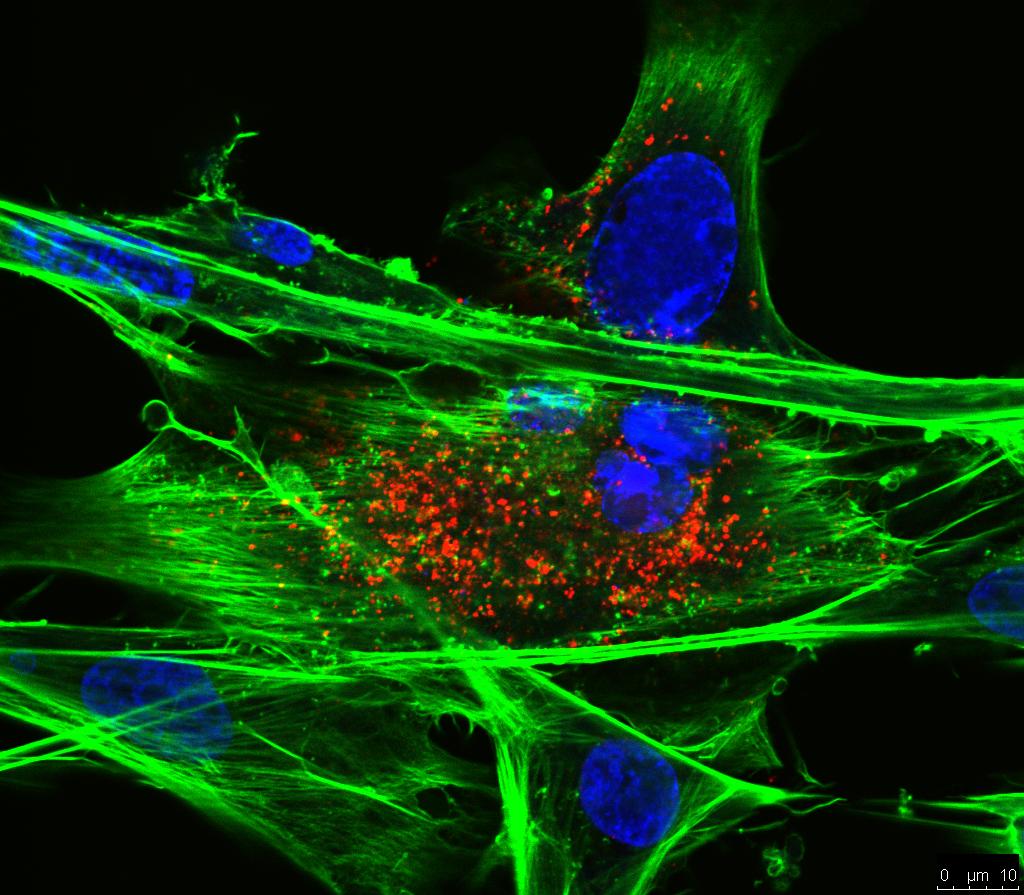Role of virus-encoded microRNAs in avian viral diseases
With total dependence on the host cell, several viruses have adopted strategies to modulate the host cellular environment, including the modulation of microRNA (miRNA) pathway through virus-encoded miRNAs. Several avian viruses, mostly herpesviruses, have been shown to encode a number of novel miRNAs. These include the highly oncogenic Mareks disease virus-1 (26 miRNAs), avirulent Mareks disease virus-2 (36 miRNAs), herpesvirus of turkeys (28 miRNAs), infectious laryngotracheitis virus (10 miRNAs), duck enteritis virus (33 miRNAs) and avian leukosis virus (2 miRNAs). Despite the closer antigenic and phylogenetic relationship among some of the herpesviruses, miRNAs encoded by different viruses showed no sequence conservation, although locations of some of the miRNAs were conserved within the repeat regions of the genomes. However, some of the virus-encoded miRNAs showed significant sequence homology with host miRNAs demonstrating their ability to serve as functional orthologs. For example, mdv1-miR-M4-5p, a functional ortholog of gga-miR-155, is critical for the oncogenicity of Mareks disease virus. Additionally, we also describe the potential association of the recently described avian leukosis virus subgroup J encoded E (XSR) miRNA in the induction of myeloid tumors in certain genetically-distinct chicken lines. In this review, we describe the advances in our understanding on the role of virus-encoded miRNAs in avian diseases

